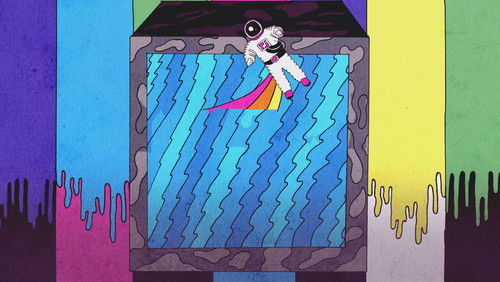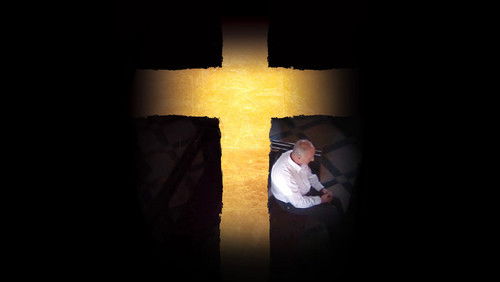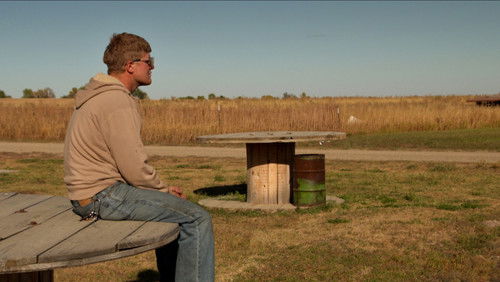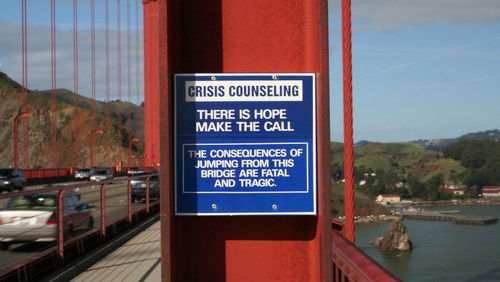No Home Movie (2015)
66KNo Home Movie: Directed by Chantal Akerman. With Chantal Akerman, Natalia Akerman, Sylvaine Akerman. Chantal Akerman films her mother, an old woman of Polish origin who is short lifetime, in her apartment in Brussels. For two hours, we will see them eating, chatting and sharing memories, sometimes accompanied by Sylvaine, Chantal’s sister. Also, and to show how small the world has become, Chantal remains in contact with her mother at other times of the year via Skype from lands as far away from Belgium as Oklahoma or New York.
“Leave it to Chantal Akerman to close her career – and then her life – with a film that is by turns boring, heartrending, funny, confounding, symbolic, literal, dreamlike, experimental and concrete.u003cbr/u003eu003cbr/u003eAkermanu0026#39;s mother Natalie mother was often her muse, either literally, as in the documentary u0026quot;Letters From Home, where a visual portrait of New York City is given context by the voice- over reading of letters from her mother, or more symbolically as in her 1974 masterpiece u0026quot;Jeanne Dielman, 23 Quai du Commerce, 1080 Bruxellesu0026quot; – a terribly haunting but difficult 3 hour film about a single mother whose horribly boring on screen life – presented in glacial long shots of activities like cooking potatoes – covers up remarkable and deep secrets and emotions within. And here, right near the start of the film we see Akerman with her mother in a kitchen that is eerily identical to the one in u0026quot;Jeanne Dielmanu0026quot; sitting and eating potatoes (and discussing their cooking) in the same kind of lengthy, static boring/fascinating shot. Itu0026#39;s clear Akerman intends us to make the connection – that kind of mysterious playfulness is also often deep at the heart of her work.u003cbr/u003eu003cbr/u003eFor a film that on some levels is a pretty straightforward and melancholy portrait of her loving, complex relationship with her mother, this is very much a challenging u0026#39;art filmu0026#39; on others. Shot over an indeterminate period of time, we see Natalie slowly deteriorating, death drawing ever nearer, but that is not only never discussed, but almost studiously ignored by the film-making. Itu0026#39;s a film about death and loss where those subjects are rarely touched on, and where the whole thing starts with a 4 minute shot of a old tree in an unnamed desert being mercilessly blown by a howling wind.u003cbr/u003eu003cbr/u003eThe location of that tree is never revealed, and itu0026#39;s connection to the larger story is left for the viewer to fill in. To me it represented her motheru0026#39;s resilience in a life where she faced much – including the Nazis, but also the kind of tough individualism that marked the lives of both mother and daughter. It also evoked Israel and seemed an ironic counterpoint to her motheru0026#39;s current housebound life. And last, it seemed to be issuing a challenge to watch closely, to not turn off our brains in boredom, but to transcend frustration to notice the kind of details that only come though actively looking over time, as opposed to passively watching (that challenge is another hallmark of many of Akermanu0026#39;s films).u003cbr/u003eu003cbr/u003eThe film also has a deeply tragic meta aspect, We know that Natalie died during the finishing of the film and that Chantal took her life not long after. That knowledge suffuses even the most mundane moments with emotion and fascination. And as much as the film refers Akermanu0026#39;s earlier work in style and feel, there is also much thatu0026#39;s new. In her earlier experiments in portraiture – whether of people or places – the lack of u0026#39;eventu0026#39; was always offset with the brilliant formal framing of the images. Here the camera placement feels – not saying is – totally random, often cutting off peopleu0026#39;s heads, or partially blocking the focus of the scene, as if Akerman has let go of trying to comment on life with the image, and is looking instead to capture a sense of being there in the more random way we see things in life. At times it can make the film itself feel annoyingly unfocused. But at others it brings a fresh variation to the very concept of cinema verite.u003cbr/u003eu003cbr/u003eThis is not a film for everyone. Familiarity with, and admiration for Akermanu0026#39;s work certainly helps. But no question it is experimental, slow and sometimes just plain dull. On the other hand, it also touches things about the end of life – oneu0026#39;s parentu0026#39;s and oneu0026#39;s own – that are startling and sad, and couldnu0026#39;t be gotten to with a more familiar, comfortable and easy to digest approach.u003cbr/u003eu003cbr/u003eAkerman burst onto the scene as a challenging provocateur. With this film, she leaves the same way.”









